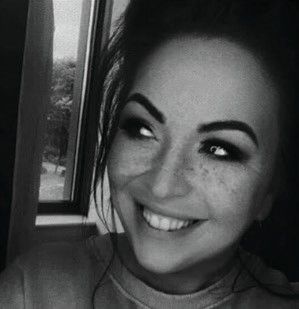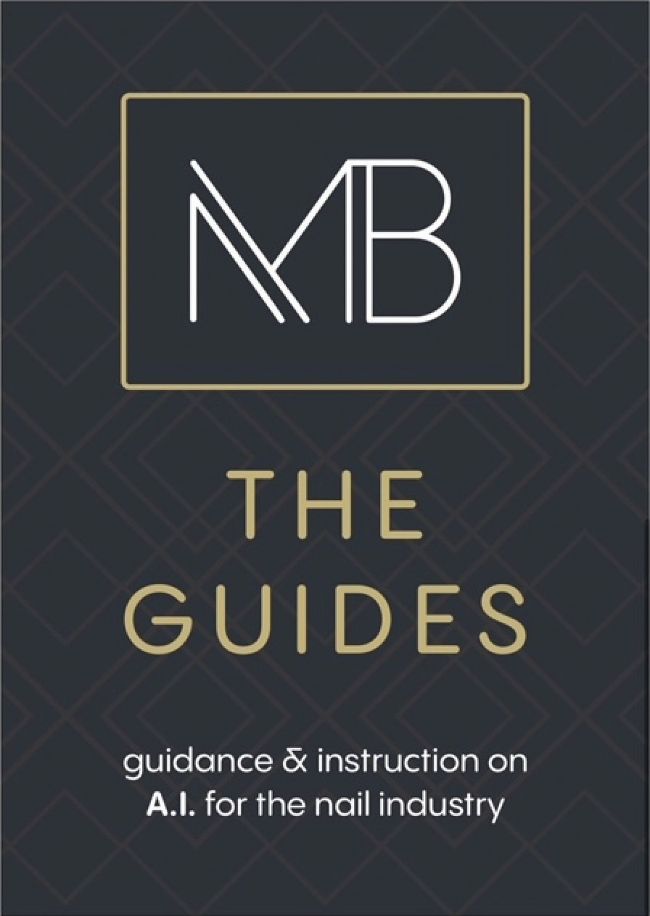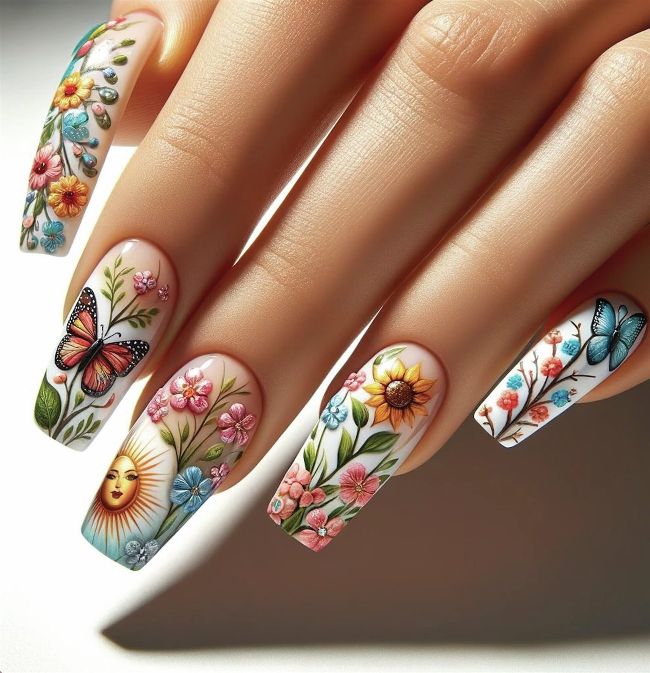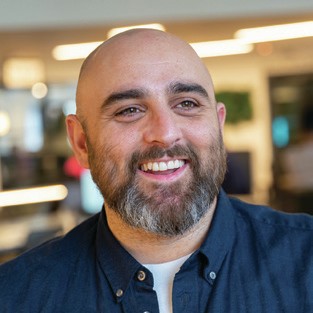Tech for Techs
REBECCA HITCHON gets the scoop on high-tech launches, decodes hot topics & sources tech-savvy tips for your business
How to use AI appropriately
There seems to have been a shift in how artificial intelligence (AI) is valued. When its use first became accessible on a mainstream level, there were concerns about whether it would replace jobs and jeopardise careers. But as the technology has become more common in the workplace, with tools such as ChatGPT providing a helping hand with tasks like editing text, a new issue has arisen – and one that team Scratch has seen first-hand. AI can be used to help with responsibilities, but at what point does it hinder and what is the impact of this? Join me as I explore the appropriate use of AI.
Balancing AI & the human touch
Millee Barton of Millee Barton Nails & Beauty and The Academy Barnsley is the creator of artificial intelligence guides for the nail and beauty industries, available via www.milleebarton.com. She shares why AI tools should be used carefully for work-related needs…

Millee Barton
“AI serves as a valuable tool that, when used appropriately, can significantly enhance nail and beauty professionals’ work,” she says. “For instance, AI algorithms can analyse social media trends, audience preferences and engagement metrics to suggest optimal posting times and content strategies, and AI-powered tools can assist with writing and creating. However, the technology must never overshadow the unique connection and creativity that define our services, which no algorithm can replicate. AI should complement our expertise, empowering us to deliver exceptional experiences that resonate with clients.”

Millee details that there can be significant repercussions if pros excessively use and rely on AI. “Overdependence can create an impersonal experience and cause errors and misunderstandings,” she explains. “This undermines the trust and satisfaction of clients and poses risks to the reputation and integrity of your business. In the context of social media, where authenticity and engagement are pivotal, if AI-generated content feels generic or lacks authenticity, it may alienate followers and prevent social media growth.”
Millee launched AI guides last year to empower nail and beauty businesses to effectively navigate the complexities of artificial intelligence integration. Topics include using AI to manage social media, streamline salon operations, inspire nail and beauty designs and elevate education curriculums. Currently being revamped to ensure content remains relevant, the guides will be accessible via a dedicated platform from mid-July, offering a hub for resources about AI advancements in the nail and beauty industries.
“AI must never overshadow the unique connection and creativity that define our services, which no algorithm can replicate.”
A 2022 report by Europol revealed that experts estimate 90% of online content could be artificially generated by 2026.
META VS AI
Technology company, Meta, has added an option to label AI-generated content to its platforms, so that users ‘recognise when something may have been created with generative AI’. This is particularly useful for posts on Facebook, Instagram and Threads that feature AI-generated nail designs, so that clients can manage their nail art expectations before their next appointments.

Sir Nick Clegg
“As the difference between human and synthetic content gets blurred, people want to know where the boundary lies,” comments Sir Nick Clegg, president of global affairs at Meta, in a post on the company’s website. “People are often coming across AI-generated content for the first time, and our users have told us they appreciate transparency around this new technology. It’s important that we help people know when photorealistic content they’re seeing has been created using AI.”
How it works
Content created or edited using Meta’s AI tools and shared as a post, story or reel, may automatically be labelled as AI content, or have a visible watermark added that reads: ‘Imagined with AI’. Content created or edited using third-party AI tools will be labelled as ‘Made with AI’. Meta requires users that wish to share content with photorealistic video or realistic-sounding audio to label it, if it has been digitally generated or altered. The company does not require users to label images that have been created or altered with AI, however these images will automatically receive a label if Meta detects AI interference.

An AI-generated nail design.
Artificial intelligence in the beauty industry is estimated to be worth $13.34 billion by 2030, according to InsightAce Analytic.
A message from team Scratch
In the first stage of our annual Scratch Stars Awards for the UK and Irish nail industry, entrants are asked to submit a form showcasing examples of their work and detailing their experience, CPD, how their business is run, client care and how they respond to various workplace scenarios. This year, we discovered that a number of answers on entry forms were heavily or 100% AI generated. Due to these entries not being authentic, we were unable to assess them, costing some entrants a place in the final.
Some tell-tale signs of AI usage were American spellings, repetition of one sentence structure throughout, answers frequently organised as lists and overly complex and impersonal language.
While we understand that the competition process can be nerve-wracking and you want your application to stand out, we would like to get to know you and how you operate. The Scratch Stars Awards offers a platform to showcase your abilities and passion for your craft. We’re not looking at perfect spelling or grammar, but an entry that is genuine. You are the best person to explain why you are award-worthy, and when you take pride in your work, clients will too.
AI checkers
Check out these links to free online tools, which analyse how likely it is that a piece of text is AI-generated:
• www.scribbr.com/ai-detector
• https://contentdetector.ai
• www.quillbot.com/ai-content-detector
NEWS BYTE The world’s first AI beauty pageant launched in April, with AI creators able to claim a share of a $20,000 prize. Subscription platform for creators and fans, Fanvue, and the World AI Creator Awards are behind the Miss AI pageant, which asked entrants to each submit an AI-generated image of a woman and answer questions.
Two AI influencers were announced within the four-person judging panel, with assessment criteria based on beauty, social media influence and the creator’s use of AI tools to create imagery, particularly the detail of eyes and hands, which can be challenging. The pageant has received mixed reactions, with some calling it ‘revolutionary’, while others have criticised it for the promotion of unrealistic female standards.
NEWS BYTE
Review platform for the hair and beauty salon industry, Salonspy, has launched reply.with.ai, an automated and personalised response function, saving businesses valuable time. The Salonspy team has trained an AI chatbot to reply to reviews, testing this over months so that responses are personalised to each salon’s unique tone of voice and aligned with search engine optimisation (SEO).

Adam Thomas
Salonspy founder, Adam Thomas, comments: “The majority of consumers are more focused on and invested in how issues are handled by a company, than what the issue is. Consumer peace of mind comes from knowing that should there be a problem, it will be thoughtfully received and well handled.” www.salonspy.com